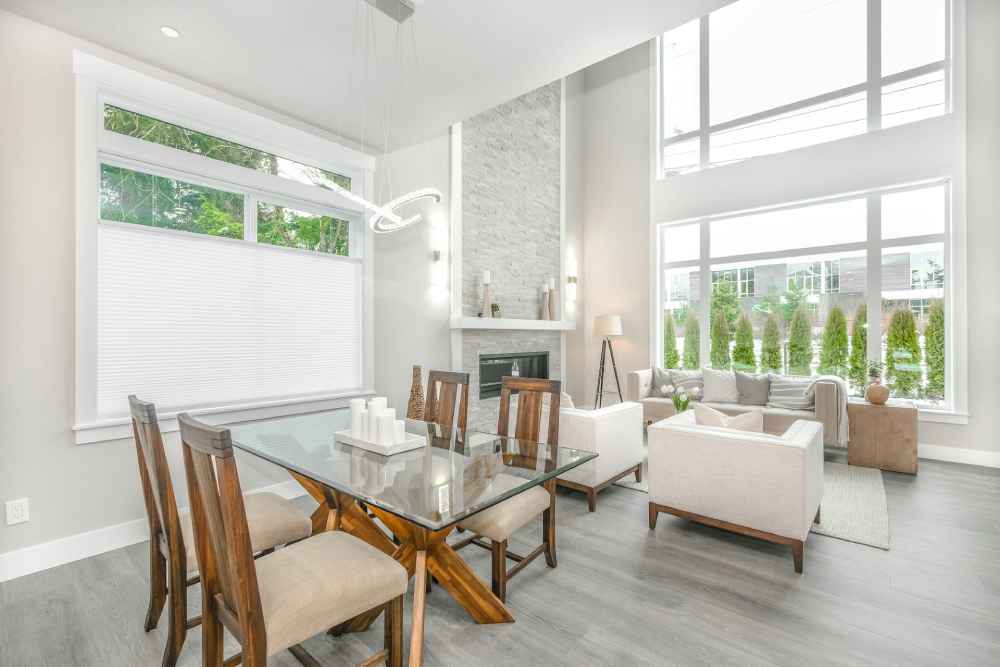
Home renovation is an exciting journey that allows homeowners to breathe new life into their living spaces, increase property value, and create a home that truly reflects their lifestyle and personality. Whether you’re planning a minor update or a major overhaul, this guide will provide you with essential insights to ensure your renovation project is a resounding success.
Setting Clear Goals and Priorities
Before diving into any renovation project, it’s crucial to define your objectives clearly. Are you looking to increase space, improve functionality, update aesthetics, or a combination of these? Consider your long-term plans for the property and how the renovation fits into them. Create a detailed list of must-haves and nice-to-haves to help guide your decisions throughout the process.
Budgeting Wisely
Establishing a realistic budget is fundamental to any successful renovation. Research average costs for similar projects in your area and get multiple quotes from reputable contractors. Remember to allocate 10-20% of your budget for unexpected expenses that often arise during renovations. Prioritize your spending on areas that will add the most value or improve your daily life significantly.
Choosing the Right Professionals
For complex renovations, working with experienced professionals can be invaluable. Consider hiring an architect for structural changes, an interior designer for cohesive aesthetics, and a general contractor to oversee the entire project. Always check references, portfolios, and licenses before hiring any professional. Clear communication with your renovation team is key to bringing your vision to life.
Maximizing Space and Functionality
One of the primary goals of many renovations is to improve the use of space. Consider open floor plans to create a sense of spaciousness and improve flow between rooms. Incorporate multi-functional furniture and built-ins for added storage. Think creatively about underutilized areas like the space under stairs or awkward corners. Remember that good design balances aesthetics with practicality.
Embracing Energy Efficiency
Incorporating energy-efficient elements into your renovation can lead to significant long-term savings and increase your home’s value. Consider upgrading to energy-efficient windows, improving insulation, and installing smart home systems for optimized energy use. Look into eco-friendly materials and energy-efficient appliances. These upgrades not only reduce your carbon footprint but can also result in lower utility bills.
Enhancing Natural Light
Natural light can transform the feel of a space, making it appear larger and more inviting. Consider enlarging windows, adding skylights, or installing French doors to brighten up your home. Use light colors on walls and reflective surfaces to bounce light around the room. Well-placed mirrors can also help amplify natural light and create the illusion of more space.
Creating a Cohesive Design
Ensure your renovation results in a cohesive look throughout your home. Choose a consistent color palette and style that flows from room to room. This doesn’t mean everything needs to match perfectly, but there should be a sense of harmony in your design choices. Consider how new elements will integrate with existing features you plan to keep.
Focusing on High-Impact Areas
If budget constraints prevent a whole-house renovation, focus on areas that will have the most significant impact. Kitchens and bathrooms typically offer the highest return on investment. A fresh coat of paint, updated lighting fixtures, or new hardware can also make a substantial difference without breaking the bank.
Planning for the Future
While addressing your current needs, also consider how your requirements might change in the future. If you plan to age in place, incorporate universal design elements like wider doorways or a curbless shower. If you’re planning to grow your family, ensure your renovation allows for flexible use of space.
Navigating Permits and Regulations
Before starting any work, research local building codes and obtain necessary permits. Failing to do so can result in fines, difficulties selling your home in the future, or even having to undo completed work. Your contractor should be familiar with local regulations, but ultimately, ensuring compliance is the homeowner’s responsibility.
Managing the Renovation Process
Stay actively involved throughout the renovation process. Conduct regular site visits and maintain open communication with your contractor. Be prepared to make quick decisions to keep the project moving forward. Keep a detailed record of all changes, expenses, and communications. While some disruption to your daily life is inevitable during a renovation, good planning and communication can help minimize stress.
Embracing the Transformation
As your renovation nears completion, take time to appreciate the transformation of your space. Consider professional cleaning to remove construction dust before moving back in. Gradually reintroduce your belongings, taking the opportunity to declutter and organize as you go. Finally, don’t forget to celebrate your newly renovated space – host a gathering to show off your updated home to friends and family.
Remember, a successful home renovation is one that not only improves the aesthetics of your space but also enhances your quality of life. With careful planning, clear communication, and a focus on both form and function, you can create a home that you’ll love for years to come. Embrace the journey of transforming your living space, and enjoy the process of watching your vision come to life.



